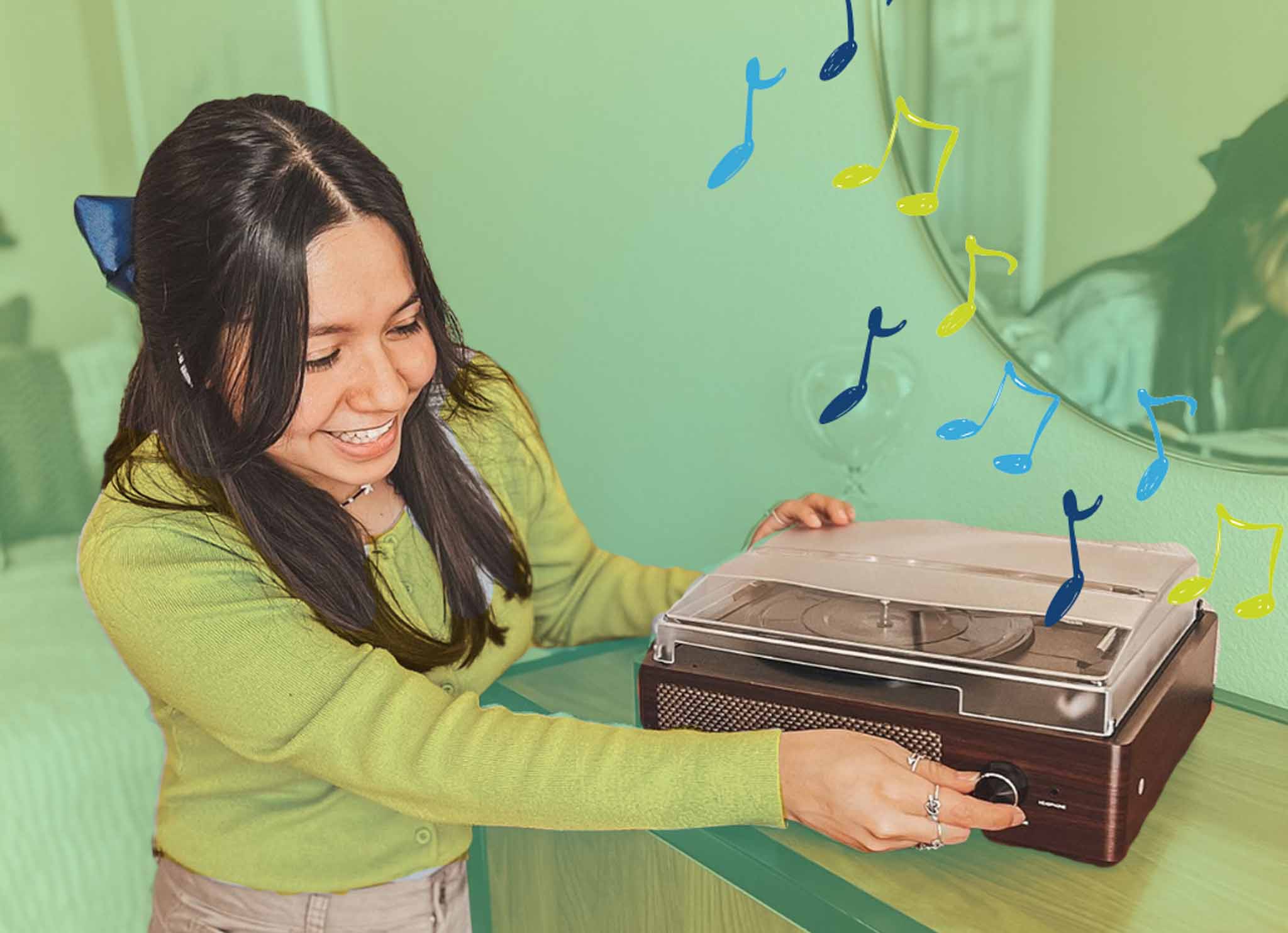American Campus Communities’ Tips for Avoiding Waste
and Ensuring Your Recyclables Get Recycled
About 15-30 percent of all recycling ends up in the landfills due to improper recycling practices, so it’s important to recycle right. As part of our For the Greener Good campaign to help ACC residents build sustainable habits during college and beyond, we’ve put together some tips for avoiding waste and recycling more effectively.
Reduce Before Recycling

Here are some tips for avoiding common forms of waste on campus:
- Use a stainless steel reusable water bottle instead of single-use plastic bottles.
- Carry a reusable tote bag for your shopping trips.
- Use reusable bags for produce rather than single-use plastic bags.
- Decline plastic straws and consider an alternative-material straw.
- Decline plasticware when you order takeout and reuse plastic soup containers.
- Reuse sturdy packaging, such as shoeboxes and glass jars, as storage containers.
- Choose products and online shippers that use less packaging, when possible.
- Encourage stores and brands to use less packaging.
Before You Toss: Learn About Recycling
Learning a bit about how and why materials are recycled can help you choose recyclable materials and feel confident that you’re disposing of items correctly.
In the U.S., recycling options vary from city to city and even building to building. What you can recycle depends on which recyclables your local waste management company will pick up at the curb, and which your local recycling drop-off points will collect. And that is all influenced by the larger recycling market: Companies will only collect materials when there is infrastructure in place to recycle them and buyers for the post-consumer recycled materials.
Aluminum and glass are both infinitely recyclable, making them better choices than plastic. In the U.S., it’s estimated that only 5 percent of plastic waste gets recycled into new products. Plastics are expensive to collect, sort and sell; markets for plastic waste are limited; and it’s cheap to manufacture new plastics. And people are often confused about which plastics are recyclable and which are not. Wherever possible we should be looking to eliminate single-use plastics from our daily activities.
.jpg?width=450&height=450)
How to Recycle Right
Recycling “DOs”:
- DO learn which materials are accepted through your community’s curbside recycling.
- DO check whether your community’s recycling is single stream—meaning you can put all recyclables in one bin—or requires you to dispose of each material in a different bin.
- DO look at your plastics before recycling them. There are seven types of plastics, and items are usually labeled with a #1-7 on the bottom. Most recyclers only accept #1 (like water and soda bottles) and #2 plastics (like laundry detergent and shampoo bottles). Unfortunately, when unsure if a plastic product is recyclable, you should dispose of it in the waste bin.
- DO rinse food waste off your recyclables before throwing them in the bin.
- DO empty your cardboard boxes of plastic bags and other debris, remove packaging tape and break them down before putting them in the bin.
- DO separate the recyclable components of your packaging—a plastic clamshell and cardboard wrapper, for example—before tossing them in the bin.
- DO Google where to recycle items that aren’t collected through your community’s curbside recycling program. For example, many grocery stores recycle plastic bags and many electronics stores recycle batteries. And some clothing stores have takeback programs for old clothes.
Recycling “DON’Ts”:
- DON’T put non-recyclable items in the recycling bin. If you have a package that contains a mix of materials, toss the non-recyclable parts in the trash. For example, a cereal box can be recycled but the cellophane bag inside cannot.
- DON’T put items soiled with food waste—such as greasy pizza boxes—in the bin. Food-soiled cardboard (that is not lined with plastic) can often be composted instead.
- DON’T recycle broken glass or lightbulbs. They are dangerous and not recyclable.
- DON’T put plastic bags and plastic film in the bin. These can clog recycling machinery.
- DON’T put random things in the bin that you “wish” could be recycled, such as plastic shower curtains, broken plastic toys or plastic hangers.
Take the Recycling Reality Check quiz and get more tips at America Recycles Day.


.jpg?width=2048&height=1024&ext=.jpg)




